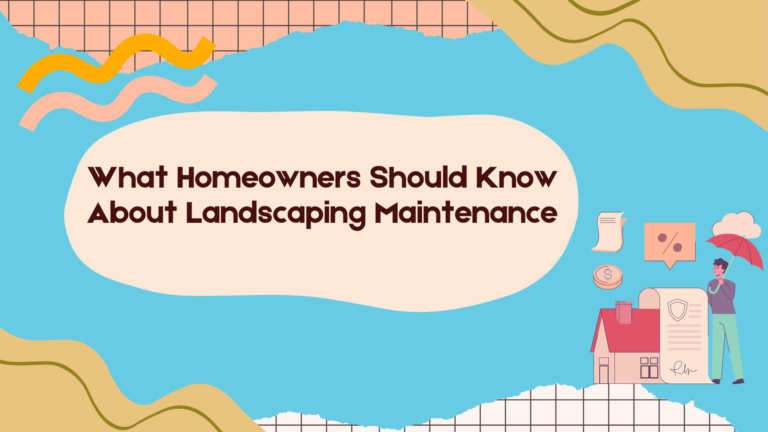
What Homeowners Should Know About Landscaping Maintenance – Guest Post
As a homeowner, maintaining a beautiful and healthy landscape is a rewarding endeavor that demands dedication and knowledge. As a homeowner, understanding the intricacies of landscaping maintenance can save you time, money, and frustration while ensuring your outdoor space remains a true oasis. This comprehensive guide explores essential techniques and

Recent Comments